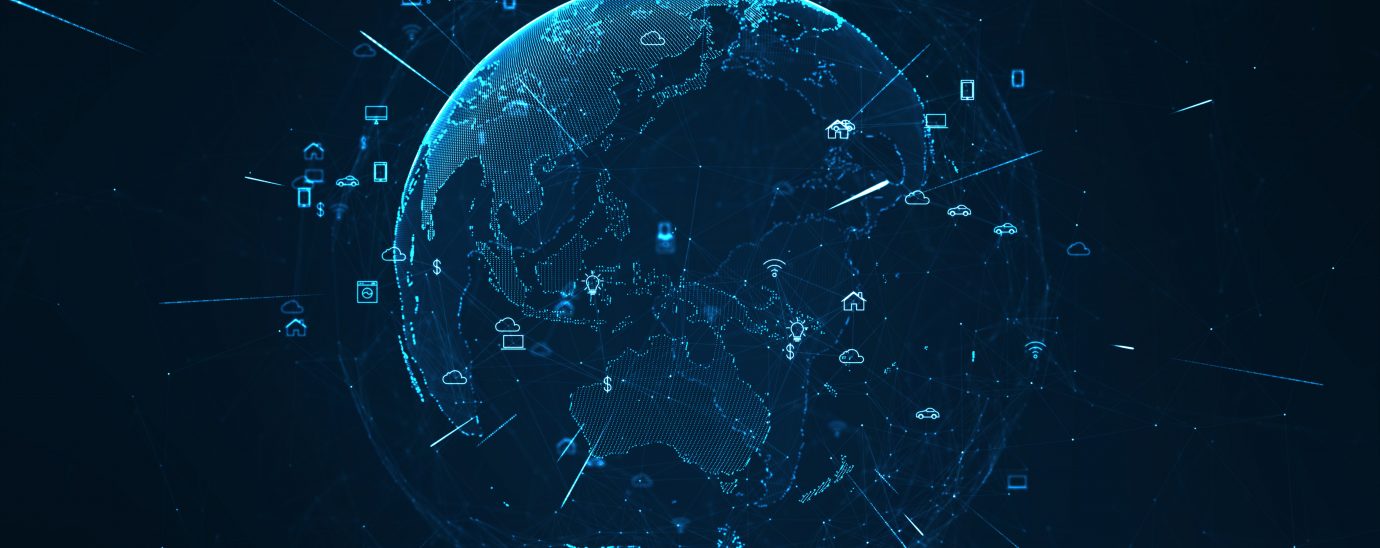5 steps for IoT success is business strategy

Peter Ruffley, CEO at Zizo, explores the five key steps that businesses must consider in order to become truly data-driven and achieve the most value from IoT.
When it comes to the Internet of Things (IoT), the potential for our lives, businesses and industries as a whole to completely transform and improve has never been greater. From a fully connected home, through to data being shared with manufacturers to help enhance products and manufacturing methods, the monitoring of patient wellbeing and medical equipment with the creation of ‘smart’ hospitals, optimizing the supply chain and ensuring the right temperature of goods in transit, and calculating the most effective route for drivers to enhance the first and last mile within delivery services – the possibilities seem endless.
Research predicts that by 2025, there will be 55.7 billion connected devices worldwide, 75% of which will be connected to an IoT platform. This means that the amount of data being collected, and potentially the high volume of low-value data collected, is becoming truly overwhelming.
As Peter Ruffley, CEO at Zizo explains, whilst 5G and edge computing will make it possible to transmit data through high powered, low latency networks, these technologies are in their infancy, with few use cases. Network infrastructure challenges mean that 5G is still some way off and if we are going to be doubling the amount of connected IoT devices, organizations need to understand the value that is locked within their data fully. The question has to be, why does ALL IoT data need to be sent back to data centres?

Suppose organizations want to become truly data-driven and be able to have IoT data move their business forward. In that case, organizations must begin by having a concise business strategy in place, teamed with supporting technology. In order to do this successfully and achieve the most value from IoT, there are five steps businesses must consider first:
Defining business challenges
Just because an organization has connected devices doesn’t mean that they’ll necessarily get value from them. The value lies within the data. So, whilst there will be those in the company saying ‘we need IoT’, what questions ultimately does the data from IoT devices need to answer to help the business grow, improve processes and/or enhance the customer experience? What insight does the business want to have from monitoring each device? What does the outcome of the investment need to be?
Good and bad data
With so much data at their fingertips (this can be millions or billions of rows of data), businesses really need to start, if they haven’t already, moving away from the idea of having every device connected and the ‘let’s store everything just in case’ mindset when it comes to their data. They need to be able to work out what is ‘good’ data and what is ‘bad’ data. If all a business has coming back from devices is low value data / low hanging fruit, it will not benefit them. While low cost at the start of any IoT project, cloud storage quickly becomes expensive at scale, and the same goes for processing that data, which as the volume grows, so does the processing time and the cost.
Edge Analytics
Organizations need to become more strategic with how and where data is analyzed. Not just in terms of getting insights, but looking at the data itself and working out where the inherent value lies within it. When data can be analyzed down at the edge, only the most valuable data collected will be shared in real-time, making the process more cost-effective. Additionally, the amount of data being collected from connected devices puts a great deal of pressure on a cloud network. If organizations want to be sending data to the cloud, then a hybrid approach using edge analytics will ease the load. Edge data analysis is traditionally delivered through a single sensor node before being passed back to the cloud, but new advances in edge computing platforms allow for the analysis of both real-time and historical data, creating a more holistic view and enabling better training models for AI and ML.
Be ready for 5G, but it isn’t here yet
There is no doubt that 5G will greatly impact how businesses and other entities, such as smart cities, can utilize and manage data. However, like the initial roll-out of IoT platforms and technology, we are still very much in the early adopter phase, with limited access to both full 5G platforms or test beds. Many technologies are still utilizing older bandwidths, and there is a case for looking at some of the more proven technologies to deliver point solutions that are better suited to individual use cases.
READ MORE:
- 5 steps to gain the most value from IoT
- What does the edge mean for IoT?
- Manufacturers’ feel they are being left behind in the IoT race
- Why Zero Trust is Vital – and Achievable – for Endpoint and IoT Security
Specialist Expertise
A business might spend a considerable amount on IoT and other emerging technologies and be able to retrieve a lot of data, but if it doesn’t know how to get value from it, it’s pretty much worthless. Due to the complex nature of any IoT deployment, there will be a requirement for specialist skills and expertise. Working with device suppliers will help organizations understand data formats and work out what data is needed to deliver insights to meet the defined strategy. Edge computing will also have a big part to play in sending the right data to tools and technologies that can be accessed by individuals who can make a difference for the business.
For more news from Top Business Tech, don’t forget to subscribe to our daily bulletin!